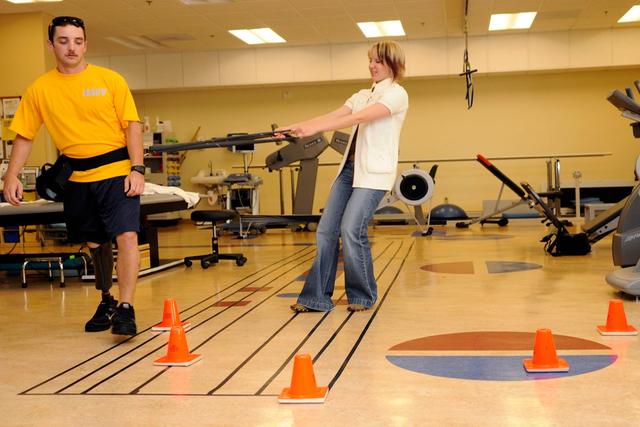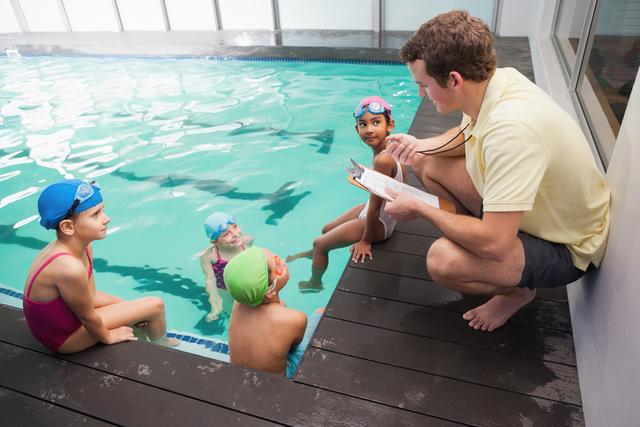Lifeguards and Swimming Instructors
Overview
Introduction
Lifeguards and swimming instructors watch over and teach swimmers at public and private pools, beaches, health clubs, summer camps, private resorts, and public parks. Lifeguards enforce local laws and the particular regulations of their facility, and provide assistance to swimmers in need. One of their greatest responsibilities is preventing injuries and fatal accidents in or around water. Instructors hold group or individual swimming lessons. Most of their students are children, though instructors teach swimmers of all ages. Both l...
Quick Facts
Median Salary
Employment Prospects
Minimum Education Level
Experience
Skills
Personality Traits
Earnings
Earnings vary depending on several factors—facility or venue, hours worked, and certification status of the individual. Full-time lifeguards had median annual earnings of $22,410 in May 2018, according to the U.S. Department of Labor. Salaries ranged from less than $17,560 to $34,400 or more annually.
Instructors may be paid per hour or per class. In general, they earn more for giving pr...
Work Environment
Employment in the sun, surf, and the outdoors may be the ideal work atmosphere for some. However, these jobs are anything but cushy. Lifeguards have a tremendous amount of responsibility when on duty. They must always be ready to prevent accidents and react quickly during emergencies, while resisting the distractions of the job environment. Similarly, instructors have to stay alert while teachi...
Outlook
Employment for lifeguards and other recreational protective service workers is expected to grow faster than the average for all careers through 2028, according to the U.S. Department of Labor. The outlook for lifeguards and instructors is mixed. Public interest in health and physical fitness is increasing steadily. Also, water amusement parks, a collection of swimming pools, wave pools and wate...












































